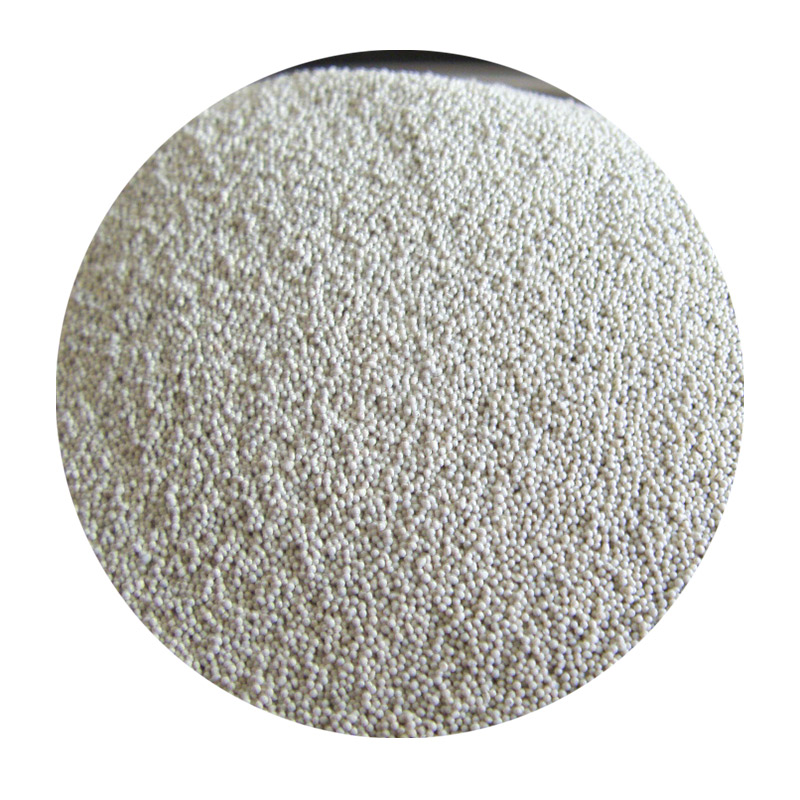Foundry Sand Testing Ensuring Quality and Efficiency in Metal Casting
Foundry sand testing is a critical component in the metal casting industry, where quality and precision are paramount. Foundry sand, typically made from silica, is used to create molds that form metal components. The characteristics of the sand can significantly influence the quality of the final product, making it essential to conduct thorough testing before its application in casting processes.
One of the primary reasons for sand testing is to determine the sand's physical and chemical properties. These properties include grain size, shape, moisture content, permeability, and strength. Each of these factors plays a vital role in ensuring that the molds created can withstand the high temperatures and pressures of molten metal. For instance, the grain size affects the permeability of the mold, which in turn impacts the ability of the mold to allow gases to escape during the casting process. If the sand is too fine, it may cause gas entrapment, leading to defects in the cast product, such as blowholes or surface imperfections.
Moisture content is another crucial factor that must be controlled. Too much moisture can lead to steam generation when the molten metal is poured into the mold, resulting in explosive reactions and defects in the casting. Therefore, moisture content is regularly assessed to ensure it falls within an acceptable range. A typical method for testing moisture involves the use of a moisture analyzer, which helps foundries optimize their sand mixtures and maintain consistent quality.
The shape of the sand grains is equally important. Angular grains provide better mold strength and stability, while rounded grains tend to create smoother surfaces but may not provide the same level of strength. To assess grain shape, various tests can be performed, such as visual inspections or using more sophisticated techniques involving microscopy. The ideal sand for metal casting often features a mix of grain shapes to balance strength and surface finish.
foundry sand testing

Permeability is a critical characteristic that affects a mold's ability to accommodate gases generated during the casting process. Testing for permeability typically involves measuring how easily air can flow through the compacted sand sample. High permeability is necessary to allow gas to escape, preventing defects in the molded product. Foundries often utilize a permeability meter for this purpose, ensuring their sand mixes are tailored to their specific casting requirements.
In addition to the physical properties, the chemical composition of foundry sand must also be scrutinized. The presence of impurities, such as iron oxides or clay, can adversely affect the casting process and the quality of the final product. This testing involves analyzing the chemical makeup of the sand to ensure that it meets industry standards and specific casting requirements.
Moreover, green sand testing, which refers to the testing of sand that has not yet been dried or baked, is essential for assessing the properties of the sand in its working state. Green sand tests include measuring the sand's strength while it is still moist and plastic, as this is how it will be used in production.
Ultimately, the process of foundry sand testing is about achieving consistency and reliability in metal casting. Quality control measures, including routine testing, help to minimize defects, reduce waste, and enhance productivity. By investing time and resources in proper sand testing, foundries can improve their operational efficiency and ensure a high standard of quality in their finished products.
In conclusion, foundry sand testing is indispensable for the success of metal casting operations. Through meticulous examination of physical and chemical properties, foundries can optimize their processes and ensure that their products meet the rigorous demands of the industry. As technology continues to evolve, so too will the methods of sand testing, leading to even greater advancements in the field of metal casting.
Post time:ಡಿಸೆ . 29, 2024 15:39
Next:Innovative Techniques in Hard Sand Casting for Improved Metal Casting Efficiency
